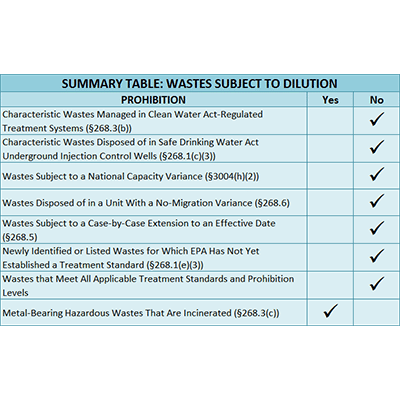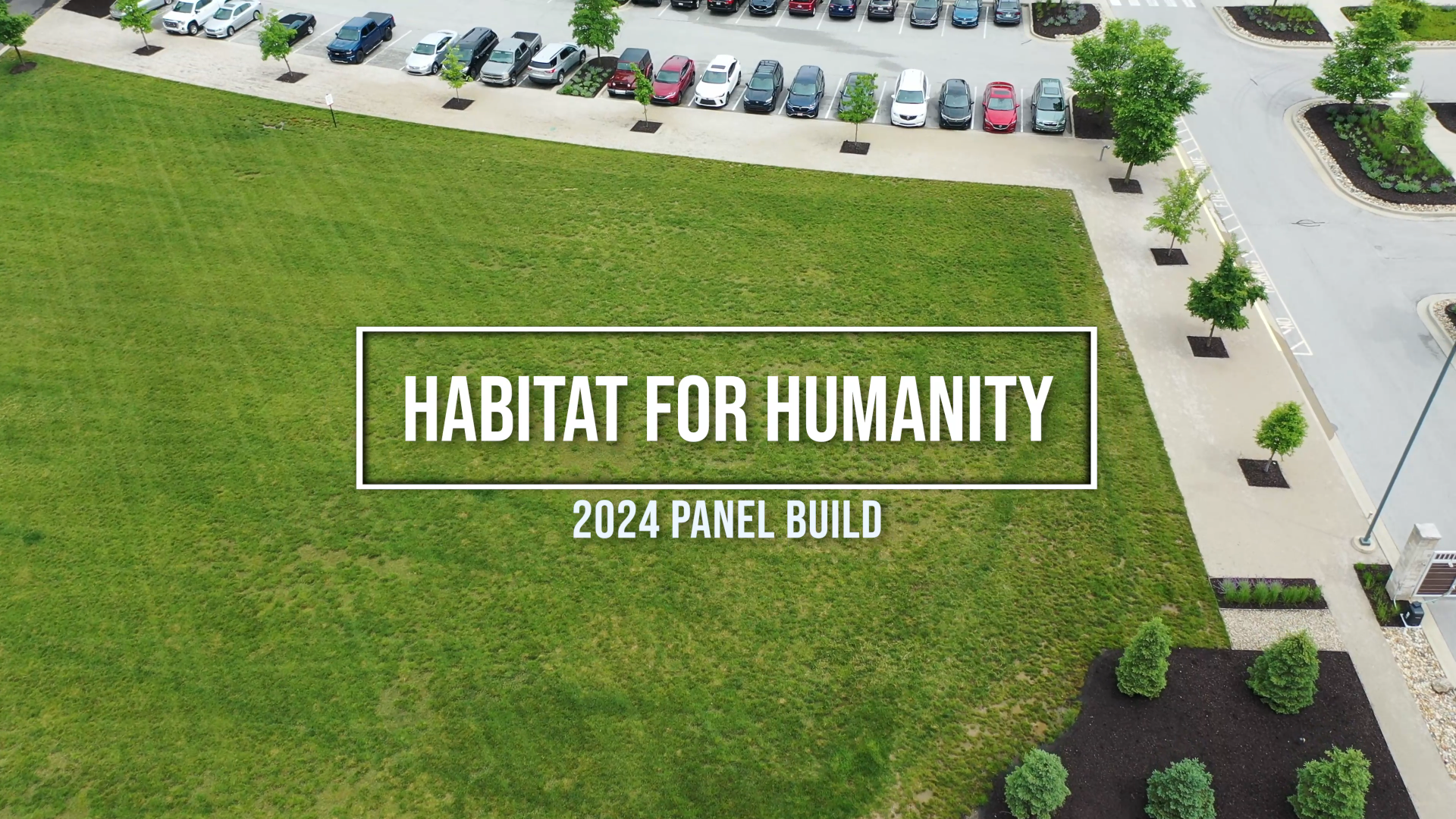
The Land Disposal Restrictions set forth by the EPA not only prohibit land disposal of wastes that have not met treatment standards. They also prohibit two other activities; the long-term storage of a waste in place of treatment to set standards and the dilution of wastes as opposed to submitting them to proper treatment. According to the EPA, “like the prohibition on land disposal, these prohibitions no longer apply once a waste meets its waste code-specific treatment standard.” Read on for more details on these prohibitions, what they prevent, and how they work.
What is the storage prohibition?
The EPA created the storage prohibition as a way to ensure that waste handlers would not simply store hazardous waste in lieu of treating it. Unless a waste (one which is subject to a treatment standard) is being stored to accumulate a quantity large enough to better facilitate recycling, treatment, or disposal it is prohibited by the EPA.
The EPA “bears the burden of proving that the waste handler is storing in order to avoid meeting treatment standards rather than to facilitate legitimate recycling, treatment, or disposal,” for the first year of storage. After this first year, however, “there is no strict time limit on legitimate waste storage.” Additionally, in years following the first, “the burden of proof for showing that waste is indeed being legally accumulated to facilitate proper future management shifts from EPA to the waste handler.”
There are a couple of exemptions from the storage prohibition. For example, “Generators accumulating waste on site in accordance with §262.34 and transporters storing waste at a transfer facility for 10 days or less.” Additionally, wastes which qualify for an exemption from a treatment standard (case-by-case extension, no-migration petition, national capacity variance, etc.) or which were placed in storage before the “effective date of a prohibition on land disposal,” are exempt.
What is the dilution prohibition?
Generally, the EPA does not allow for the dilution of wastes in place of appropriate treatment. What this means is that a waste handler could not usually achieve compliance with a numeric treatment standard by mixing a hazardous material with any other material simply to lessen the overall concentration. Any material that hazardous waste is mixed with must reduce the mobility or toxicity of the hazardous constituents.
In a related vein, the “EPA may consider waste to be impermissibly diluted when a waste handler treats with an inappropriate technology. For example, it is often impermissible to incinerate metal-bearing, inorganic wastes because incineration fails to destroy or immobilize the hazardous metal constituents.”
All this said; there are some cases where the EPA will allow dilution. Because dilution is essential in some legitimate waste treatment methods, like “the aggregation of similar wastes to facilitate subsequent treatment,” the EPA will make some exceptions.
“As a general rule, if aggregated wastes are all legitimately amenable to the same treatment, the aggregation step does not constitute impermissible dilution. In addition, waste handlers may dilute certain characteristic wastes that are managed in Clean Water Act regulated treatment systems (§268.3(b)). As well, certain characteristic wastes may be diluted to render them nonhazardous before disposal in a deep injection well regulated under the Safe Drinking Water Act (§268.1(c)(3)).” The table below can help you to determine whether or not a specific waste handled in a specific way is subject to the dilution prohibition.
Quoted and EPA cited information (unless otherwise noted) for this blog post was gathered from the EPA document, “Introduction to Land Disposal Restrictions.” As always, this blog post is not intended to be comprehensive and it is always best to check with the EPA and local government for full, up-to-date, rules and regulations.
More News From Heritage
-
10/14/24
Heritage Environmental Services Announces Timothy Thomas as Chief Operating Officer
Heritage Environmental Services (“HES”), an EQT Infrastructure portfolio company, announced today that Timothy Thomas will join the organization as Ch
-
10/1/24
Heritage Environmental Services Complete Acquisition of EBV from General Dynamics
Heritage Environmental Services, an EQT Infrastructure portfolio company, has completed the acquisition of EBV from General Dynamics.
-
7/31/24
PFAS Regulations: Is 6 the Magic Number?
Learn more about the current and proposed regulation for PFAS and what they mean from our Chief Sustainability and Innovation Officer, Angie Martin.
-
6/27/24
Heritage Environmental Services to Acquire EBV from General Dynamics
Heritage Environmental Servicess, an EQT Infrastructure portfolio company, will acquire EBV from General Dynamics
-
6/13/24
Meet The Facilities – East Liverpool
An inside look at our incineration facility located in East Liverpool, OH
-
5/24/24
Habitat for Humanity 2024
Heritage hosted our 14th annual Habitat for Humanity build this month, partnering with over 50 employees from various THG companies.
-
5/6/24
Date set for the household hazardous waste collection in East Liverpool, Ohio
-
3/12/24
Equal Pay Day – Spotlighting Our Female Drivers








